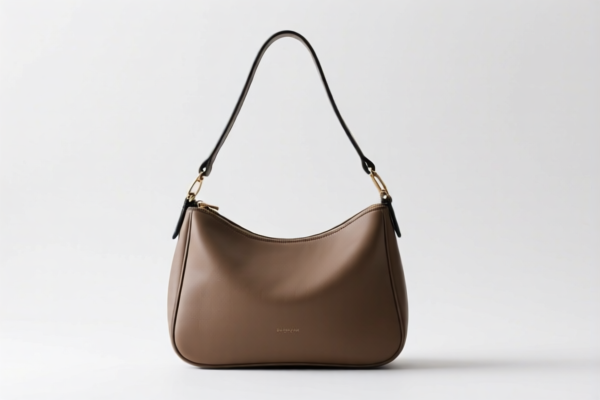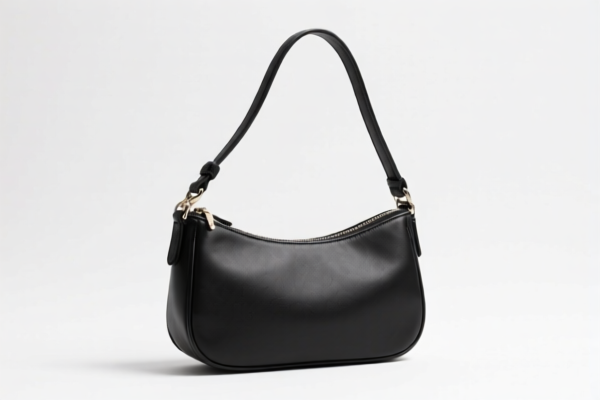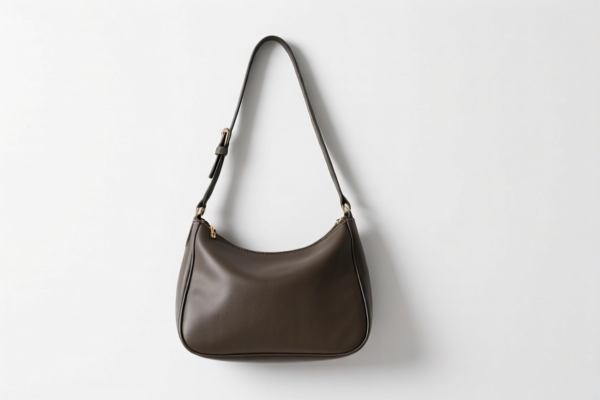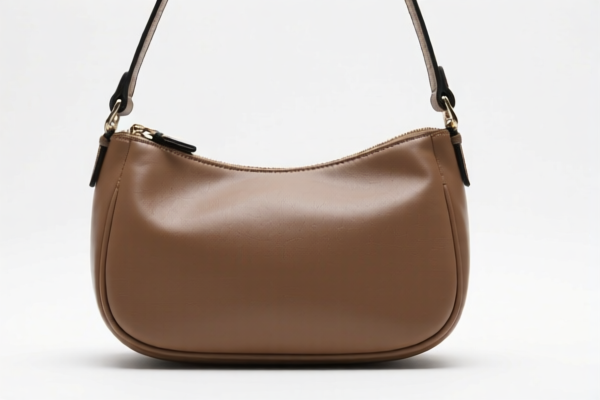| HS Code | Official Doc | Tariff Rate | Origin | Destination | Effective Date |
|---|---|---|---|---|---|
| 4202216000 | Doc | 65.0% | CN | US | 2025-05-12 |
| 3926903300 | Doc | 36.5% | CN | US | 2025-05-12 |
| 4602192920 | Doc | 60.3% | CN | US | 2025-05-12 |




Okay, let's break down the classification and tax implications for your declared item, "THE SINGLE SHOULDER BAG," based on the HS codes you provided. We have three potential classifications, so we'll analyze each one.
Understanding HS Codes – A Quick Primer
HS codes (Harmonized System codes) are internationally standardized codes used to classify traded products. The first two digits generally indicate the chapter, the next two the subheading, and further digits provide more specific details. Here's how to interpret the codes you've given:
- Chapter 42: Articles of leather; saddlery and harness; travel goods, handbags and similar articles; articles of animal gut.
- Chapter 39: Plastics and articles thereof.
- Chapter 46: Manufactures of plaiting materials, straw, esparto or similar materials.
1. HS Code 4202.21.60.00: Handbags, of leather or composition leather, valued not over $20 each
- 42: Articles of leather; saddlery and harness; travel goods, handbags and similar articles. This chapter covers items made of leather or similar materials.
- 02: Travel goods, handbags and similar articles. Specifically focuses on bags and travel-related items.
- 21: Handbags, whether or not with shoulder strap. This narrows it down to handbags.
-
60: Other: Valued not over $20 each. This is a specific subcategory for lower-value leather handbags.
-
Tax Implications:
- Basic Duty: 10.0%
- Additional Duty: 25.0% (until April 2, 2025)
- Additional Duty (after April 2, 2025): 30.0%
- Total Tax: 65.0%
-
Important Considerations: The $20 valuation limit is critical. If the handbag's value exceeds $20, this HS code is incorrect. You'll need to use a different classification. Please verify the actual value of each bag.
-
2. HS Code 3926.90.33.00: Handbags, of plastics
- 39: Plastics and articles thereof. This chapter covers items made of plastic.
- 26: Articles of plastics and articles of other materials of headings 3901 to 3914.
- 90: Other articles of plastics.
- 33: Beads, bugles and spangles, not strung (except temporarily) and not set; articles thereof, not elsewhere specified or included.
-
Tax Implications:
- Basic Duty: 6.5%
- Additional Duty: 0.0% (until April 2, 2025)
- Additional Duty (after April 2, 2025): 30.0%
-
Total Tax: 36.5%
-
Important Considerations: This code applies only if the handbag is made entirely or primarily of plastic. If any significant leather or other materials are used, this code is incorrect.
3. HS Code 4602.19.29.20: Handbags, of vegetable materials
- 46: Manufactures of plaiting materials, straw, esparto or similar materials.
- 02: Basketwork, wickerwork and other articles, made directly to shape from plaiting materials or made up from articles of heading 4601.
- 19: Of vegetable materials.
- 29: Luggage, handbags and flatgoods, whether or not lined.
-
20: Other Handbags.
-
Tax Implications:
- Basic Duty: 5.3%
- Additional Duty: 25.0% (until April 2, 2025)
- Additional Duty (after April 2, 2025): 30.0%
- Total Tax: 60.3%
-
Important Considerations: This code applies if the handbag is made of materials like straw, rattan, bamboo, or other vegetable fibers.
-
Recommendation & Next Steps
Based on the information provided, the most appropriate HS code depends on the material composition of "THE SINGLE SHOULDER BAG."
- Material Verification: Crucially, determine the primary material of the handbag. Is it leather, plastic, or vegetable fibers?
- Value Check: If the handbag is leather, confirm the value is under $20 each.
- Documentation: Be prepared to provide documentation supporting your chosen HS code, such as a bill of materials or a manufacturer's declaration.
- Additional Duty: Be aware of the upcoming changes to additional duties on April 2, 2025.
Disclaimer: I am an AI and cannot provide definitive customs rulings. This information is for guidance only. It is always best to consult with a licensed customs broker or your local customs authority for specific advice.
Customer Reviews
No reviews yet.